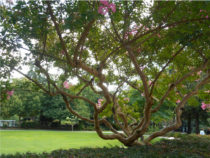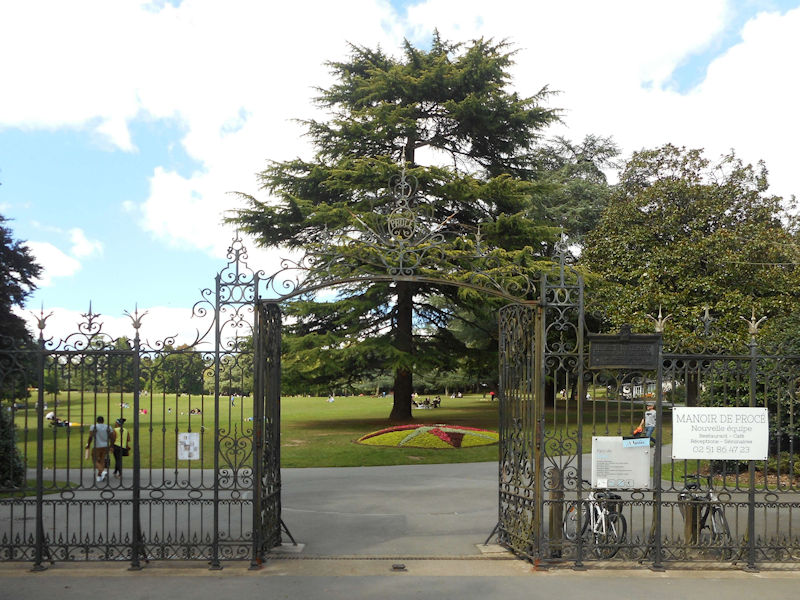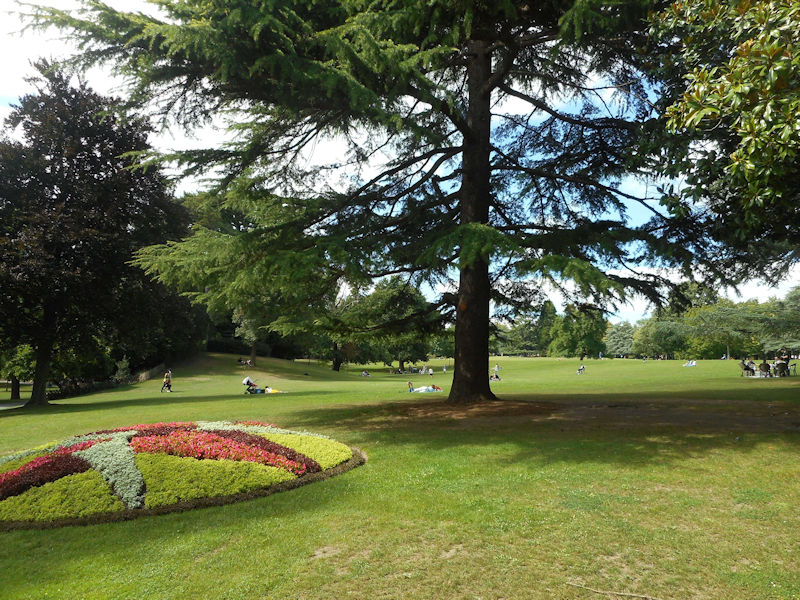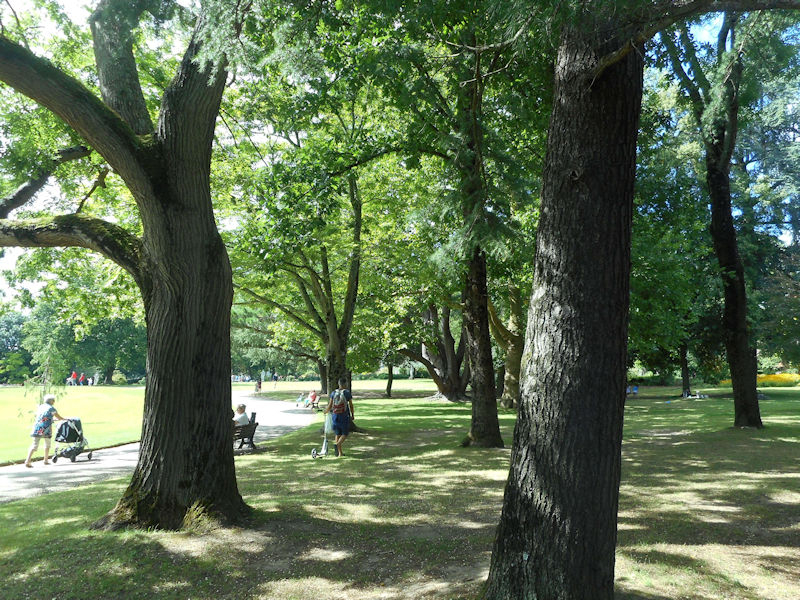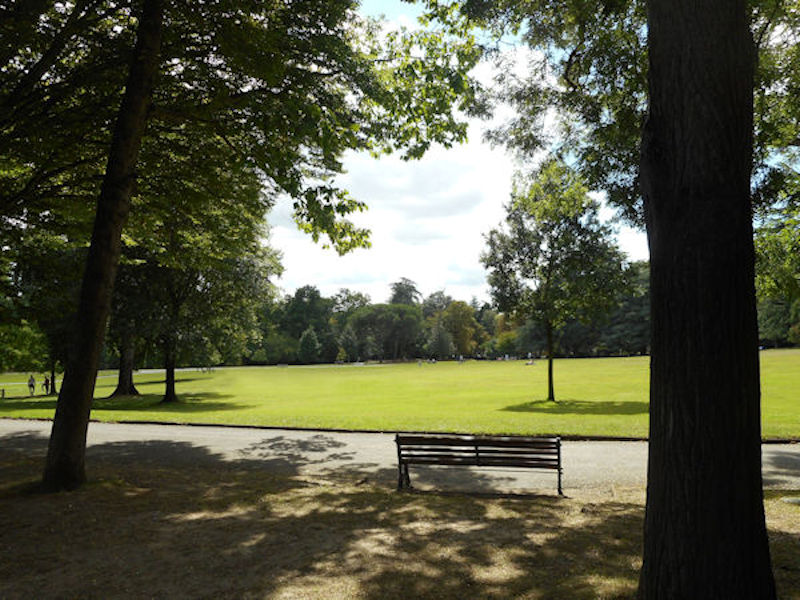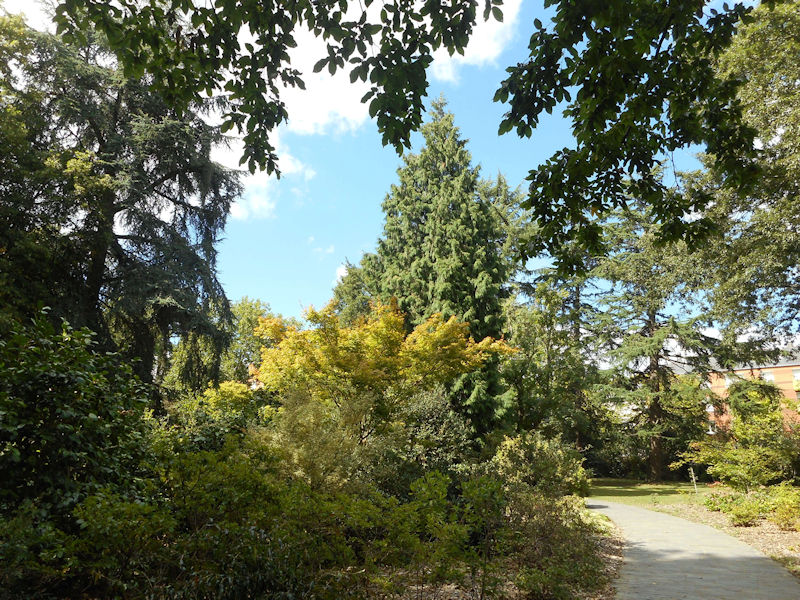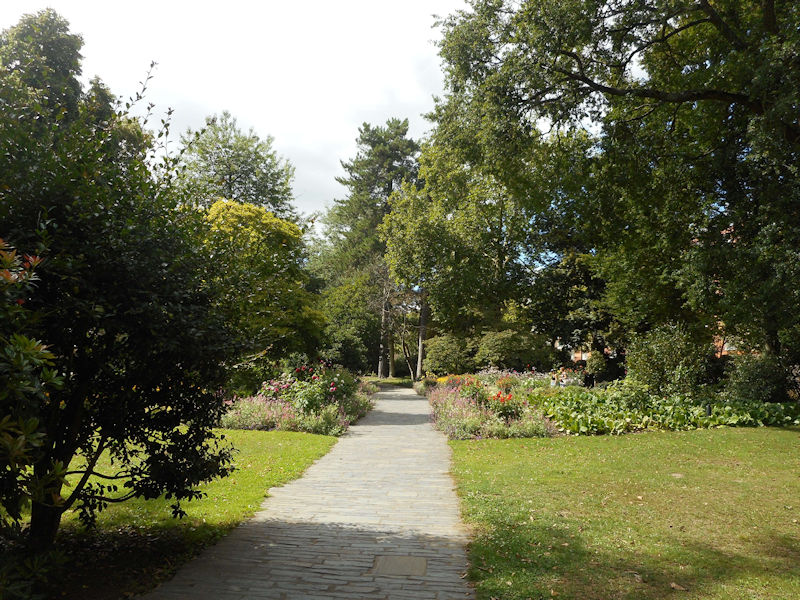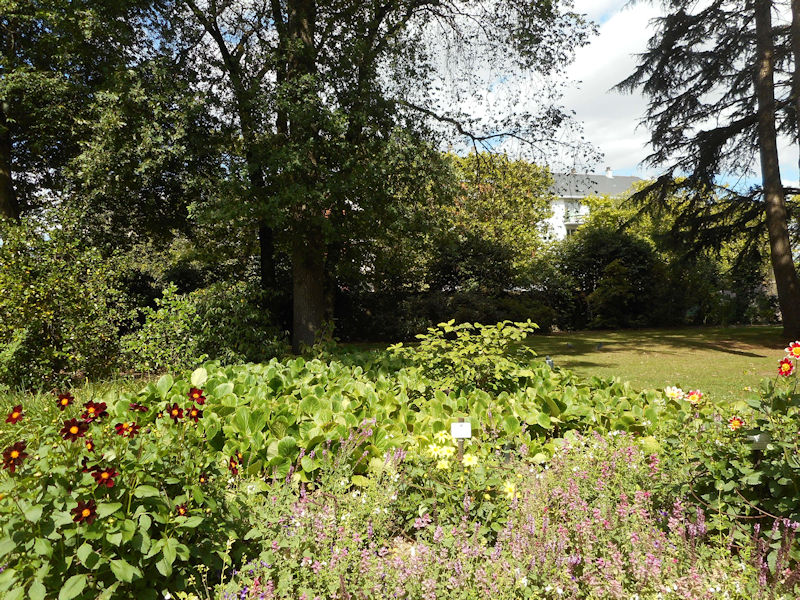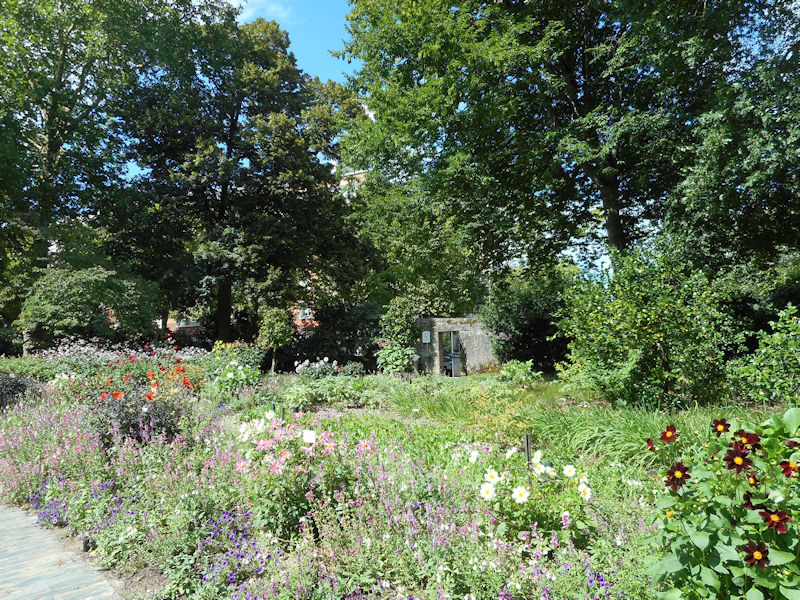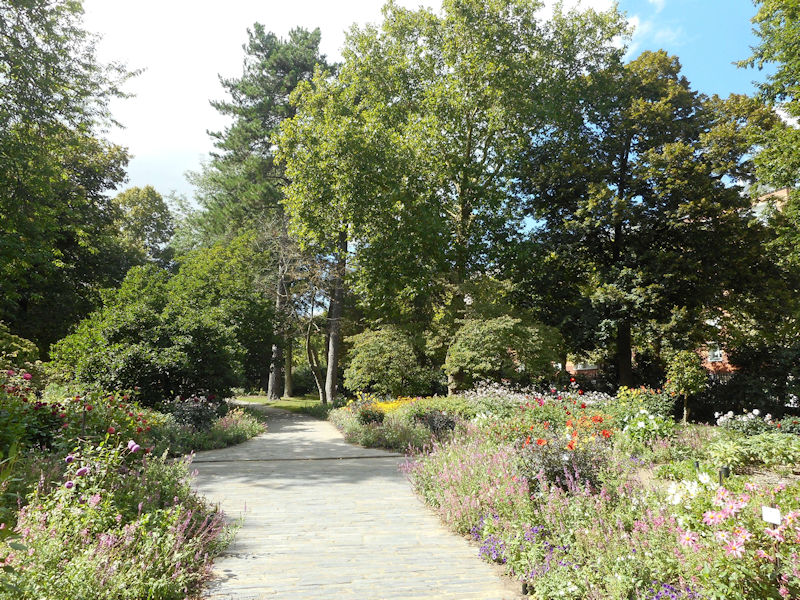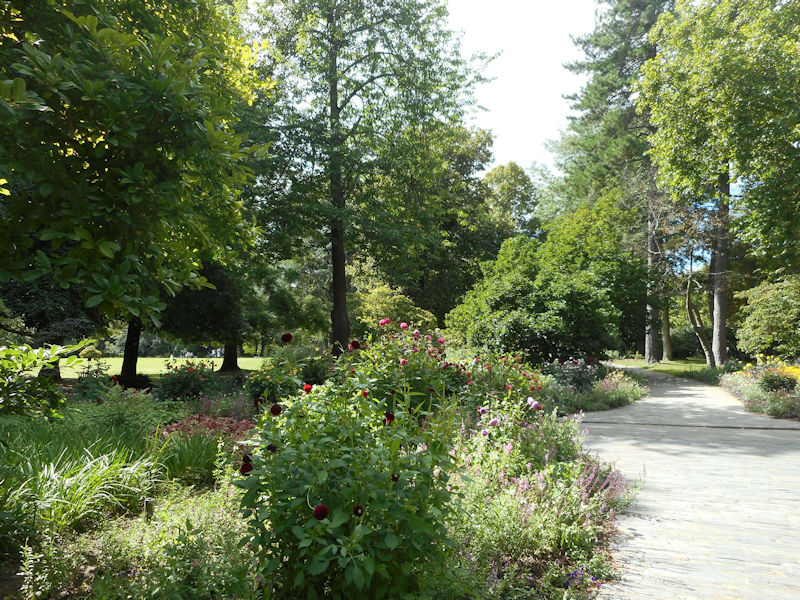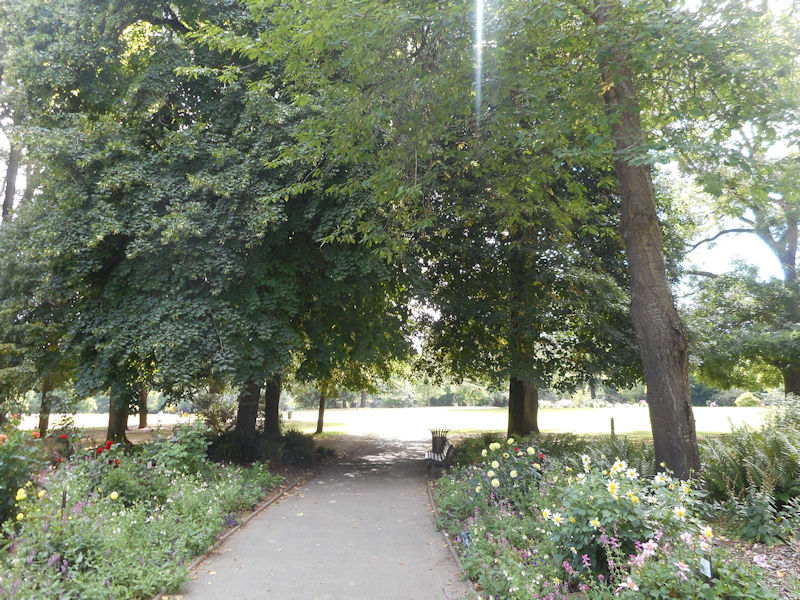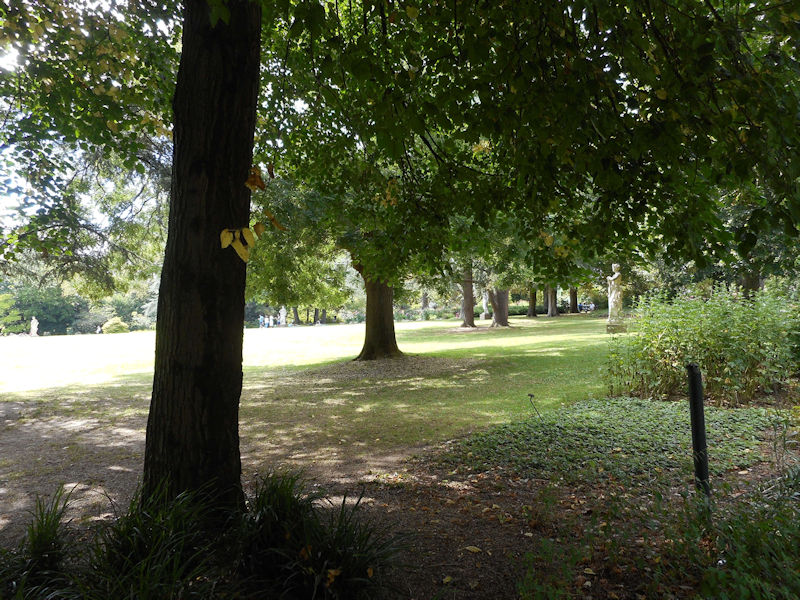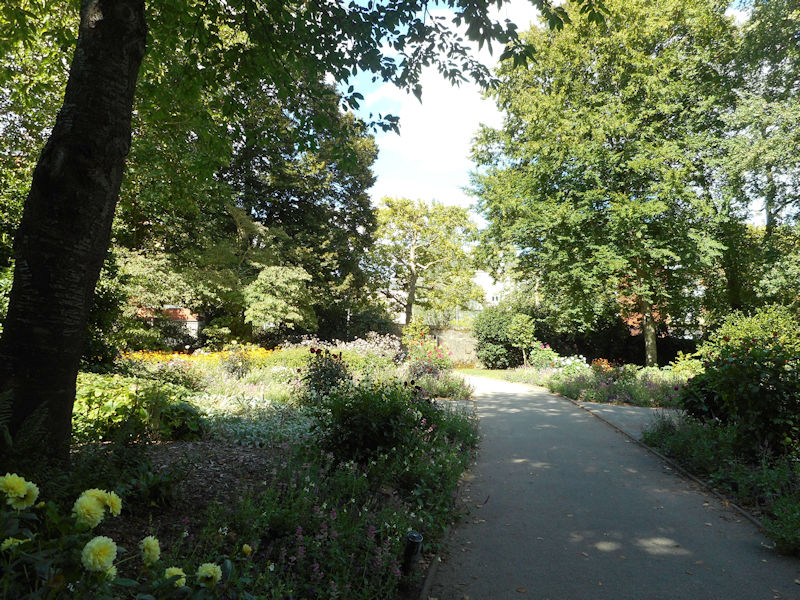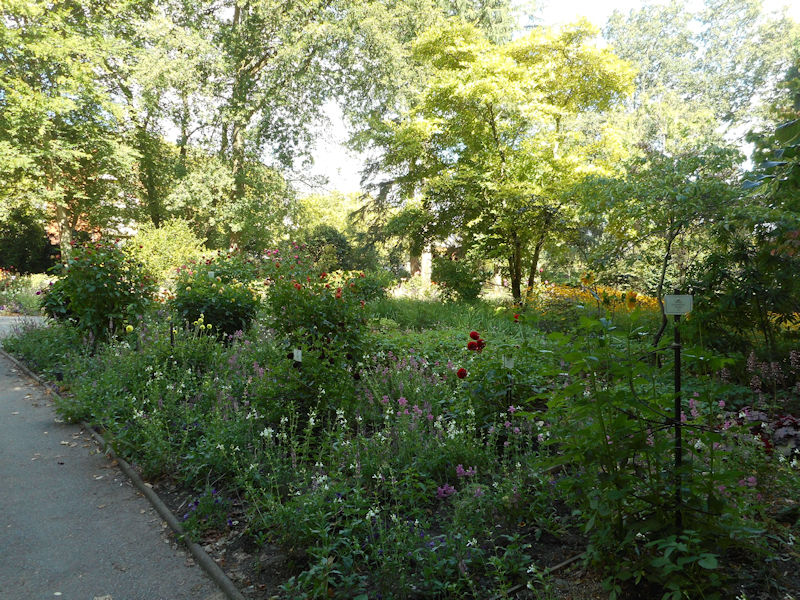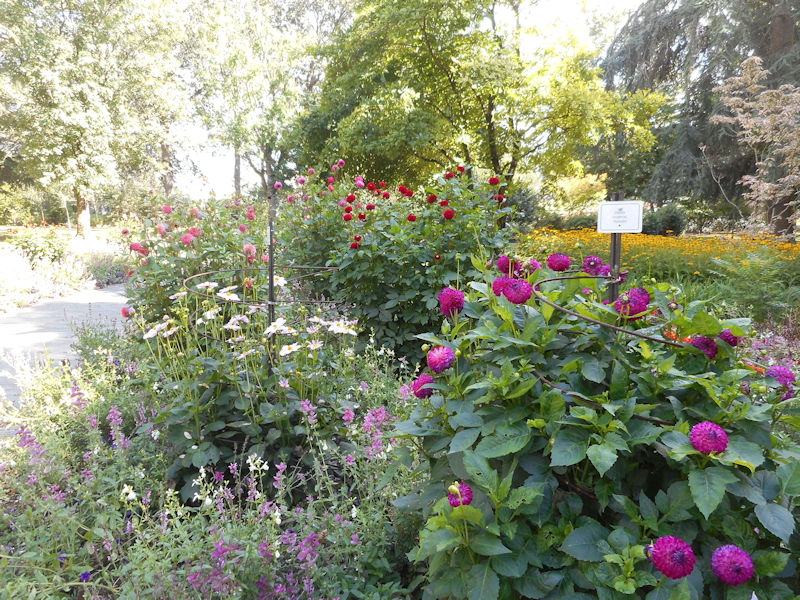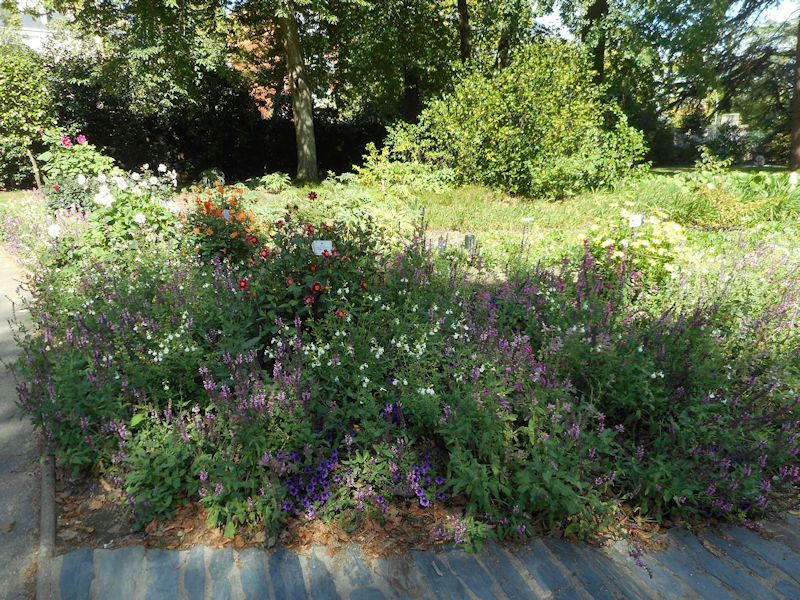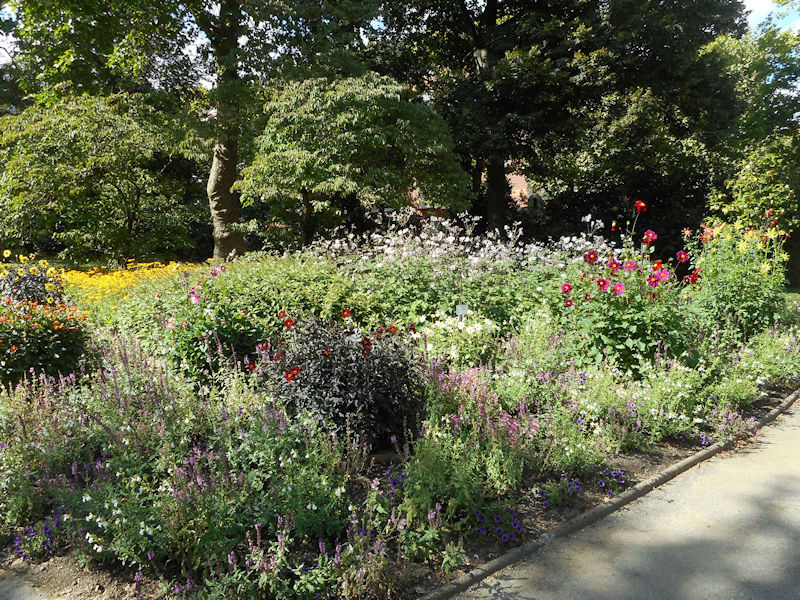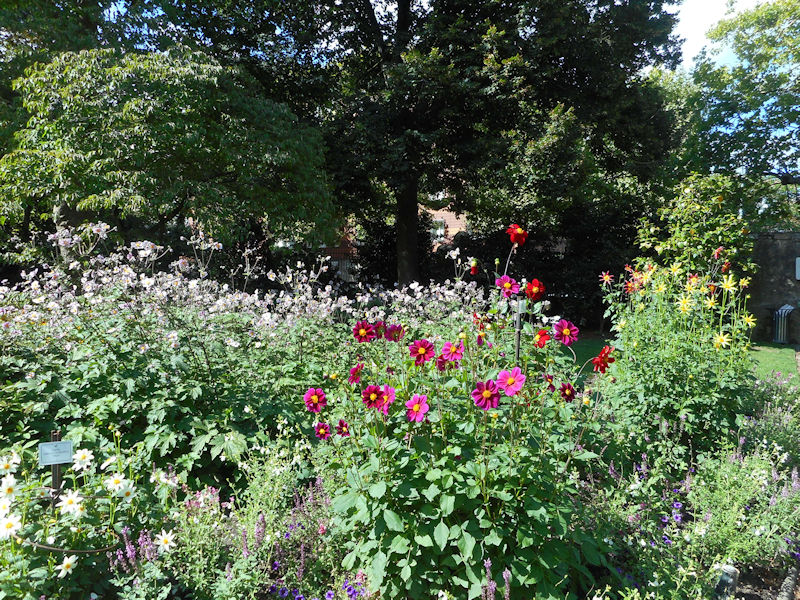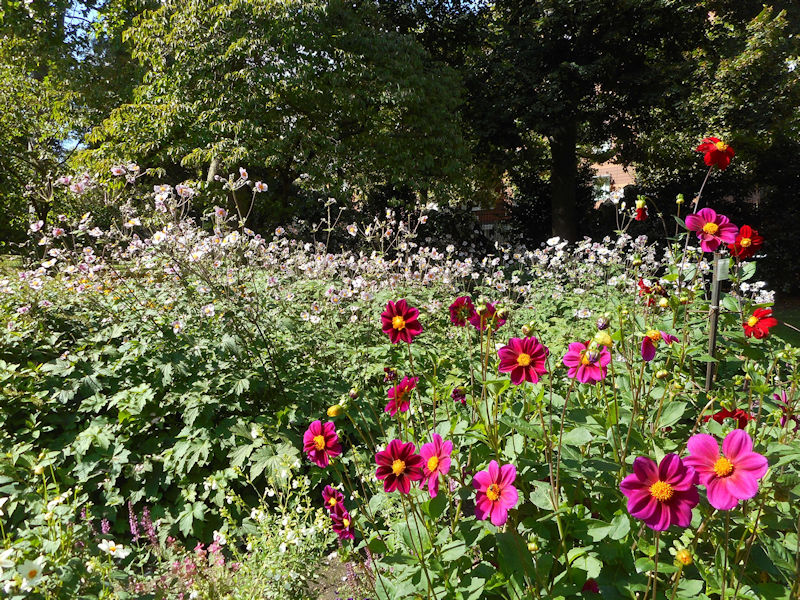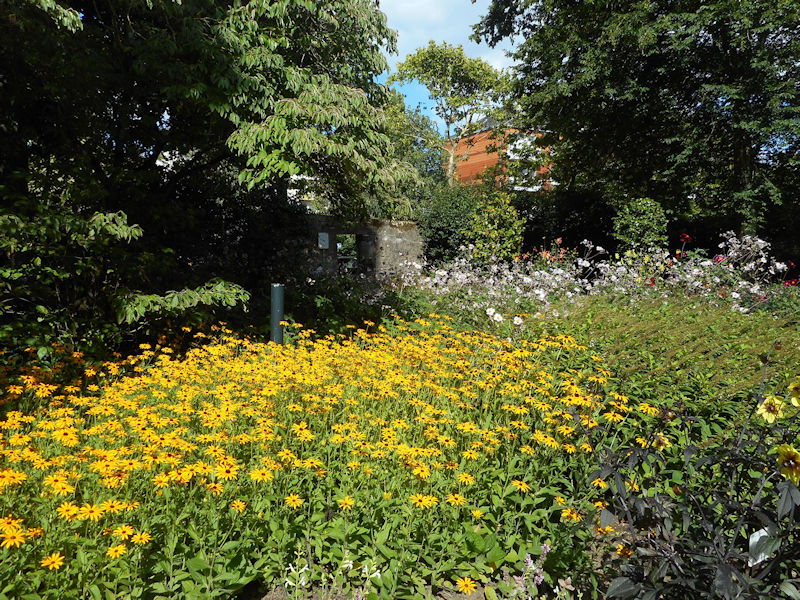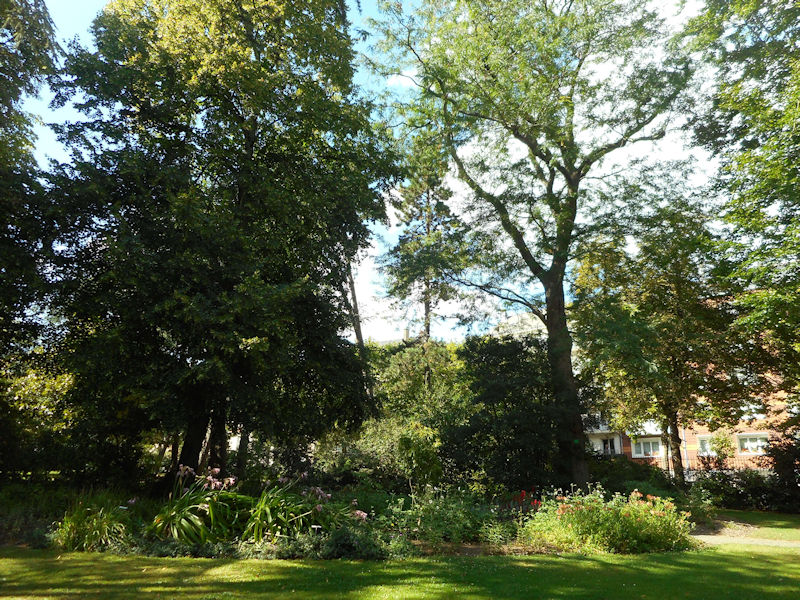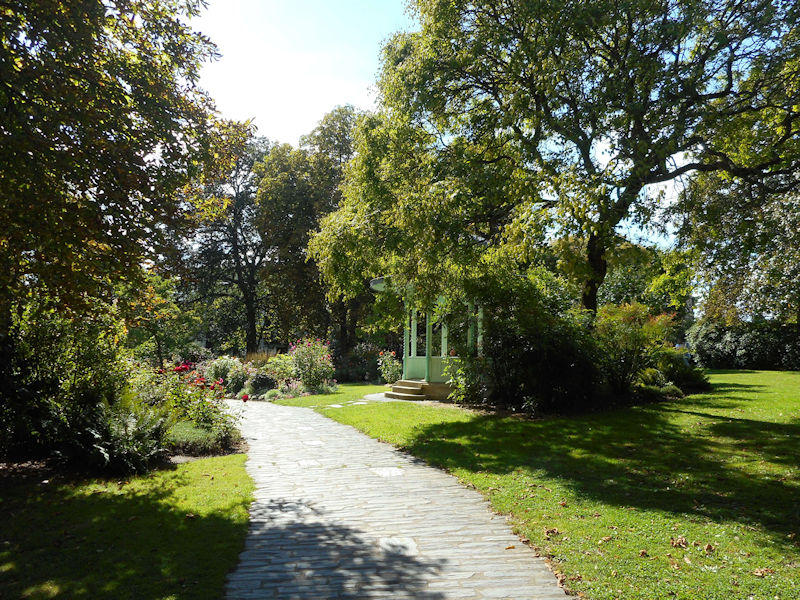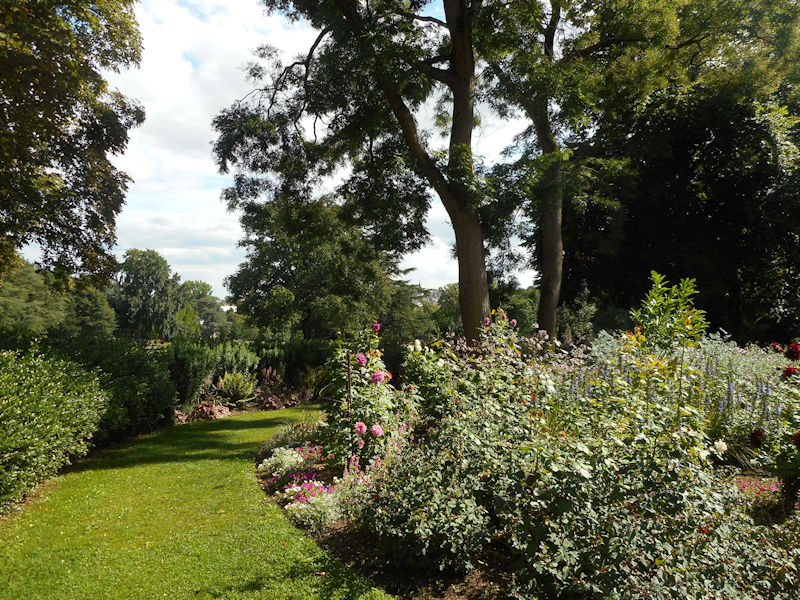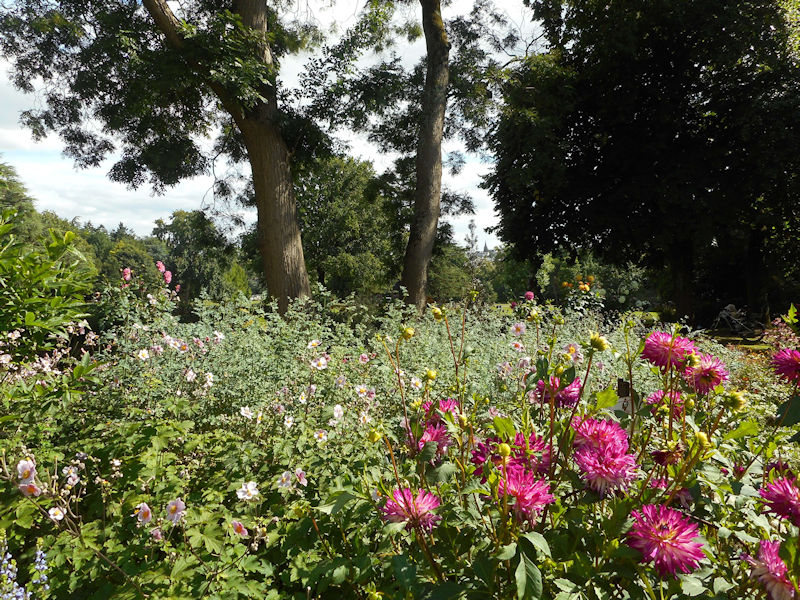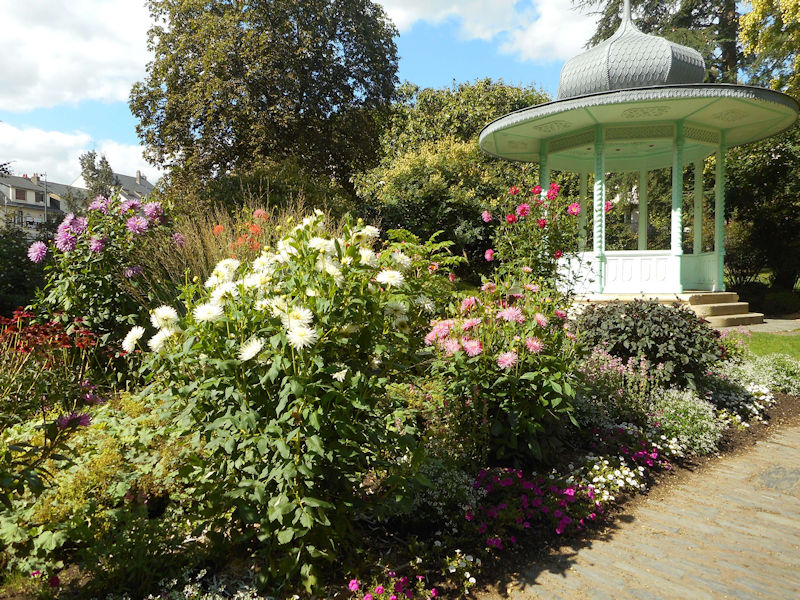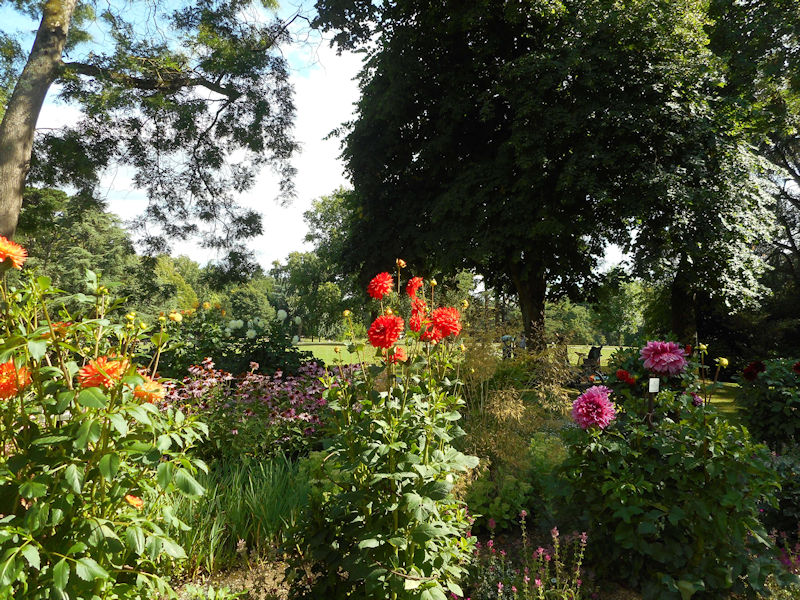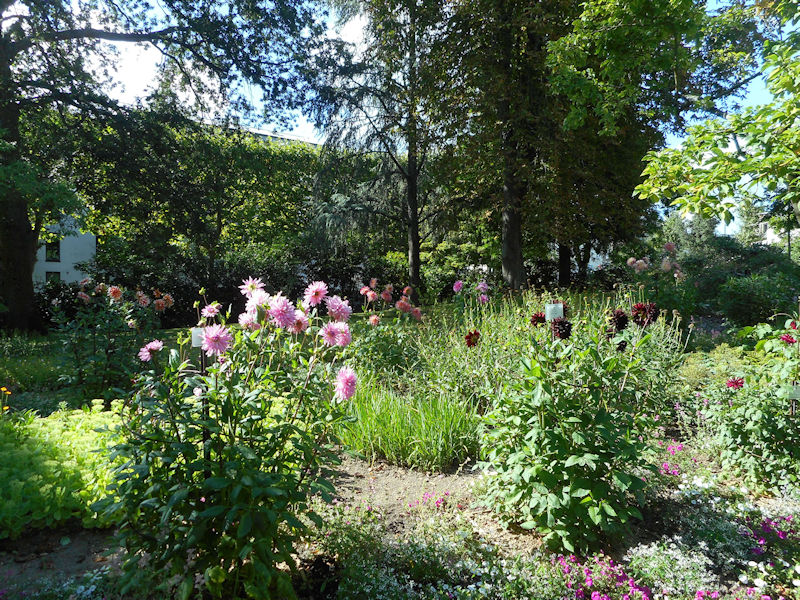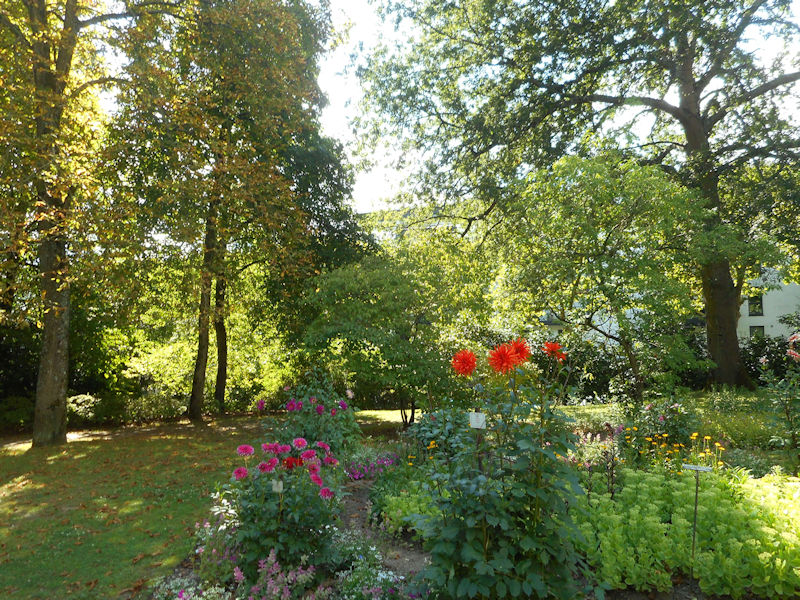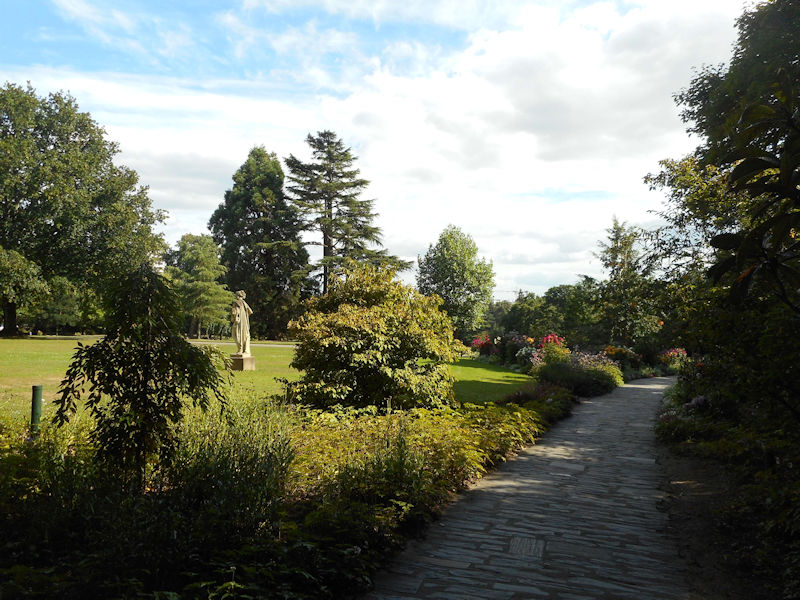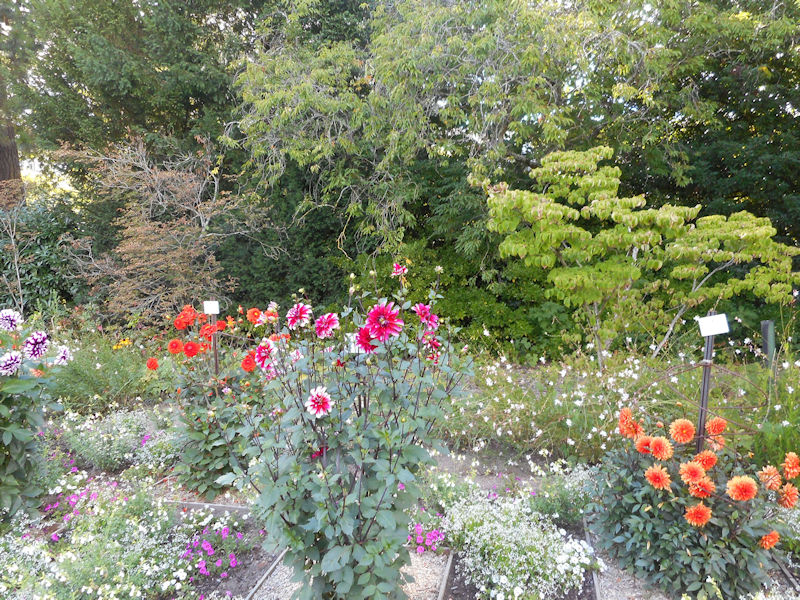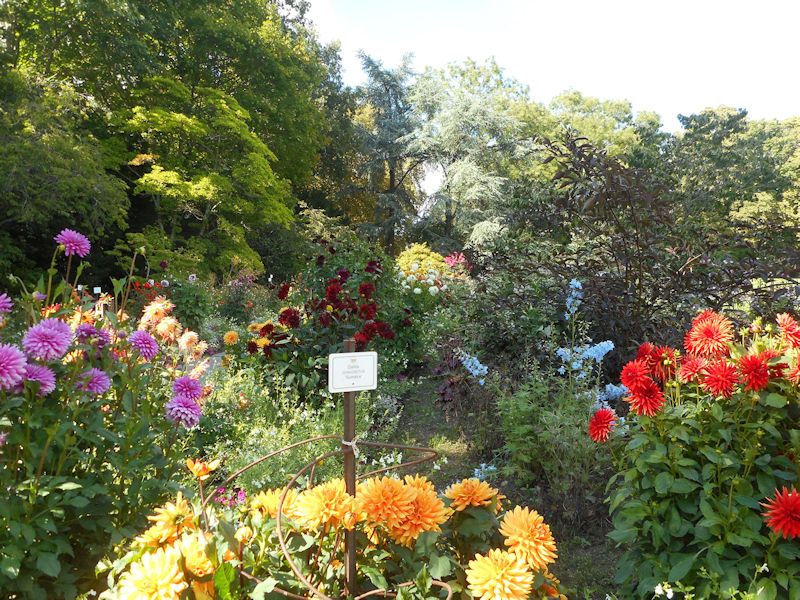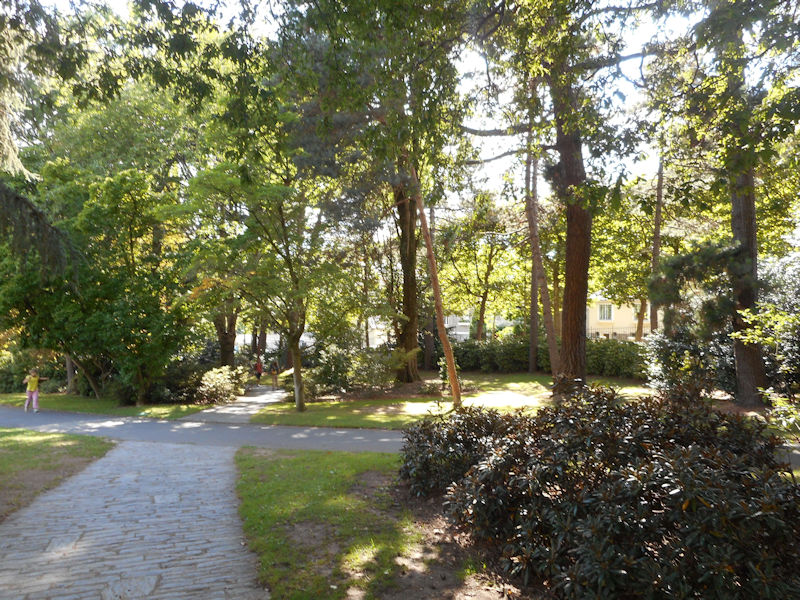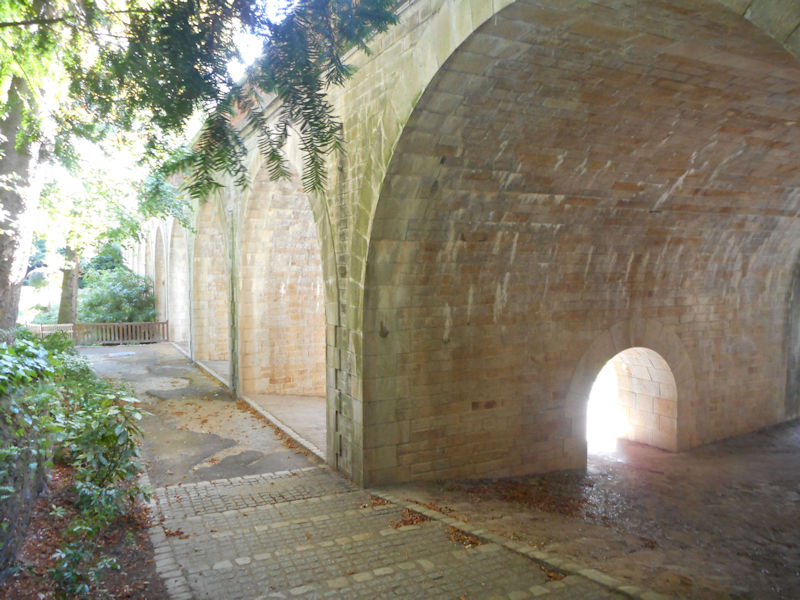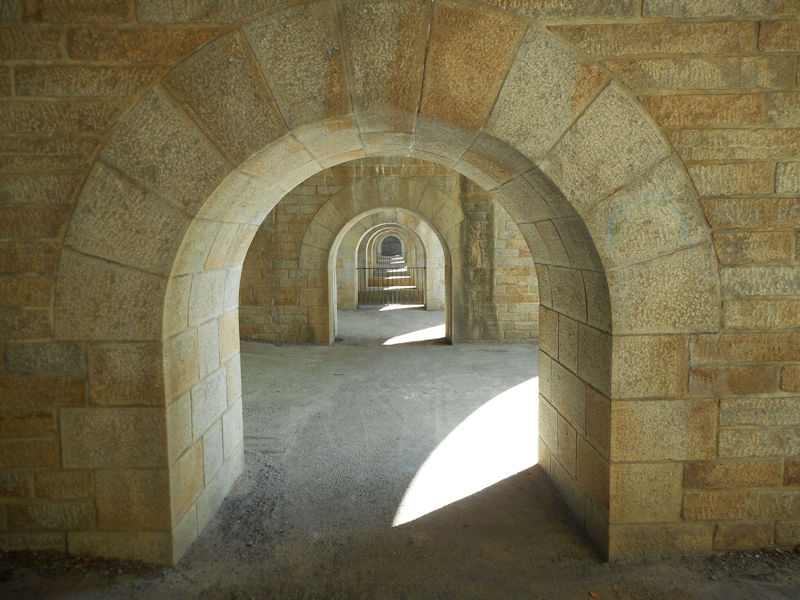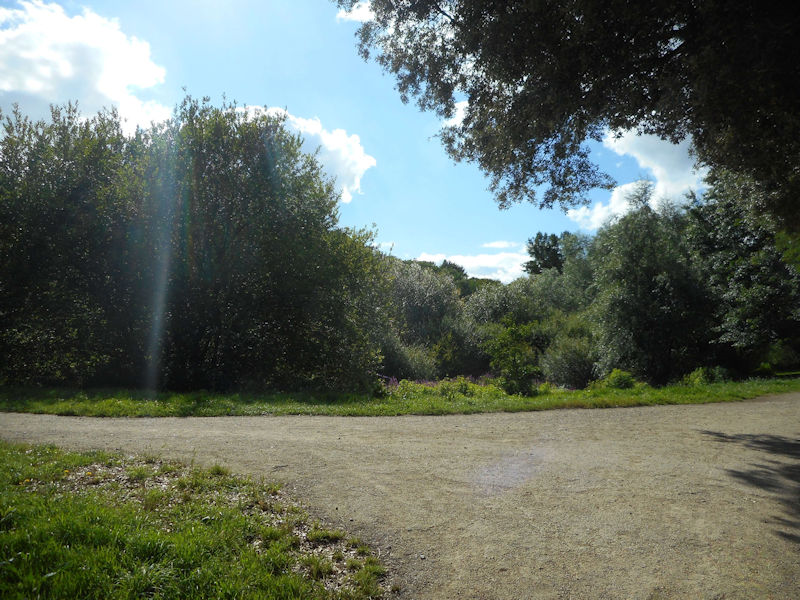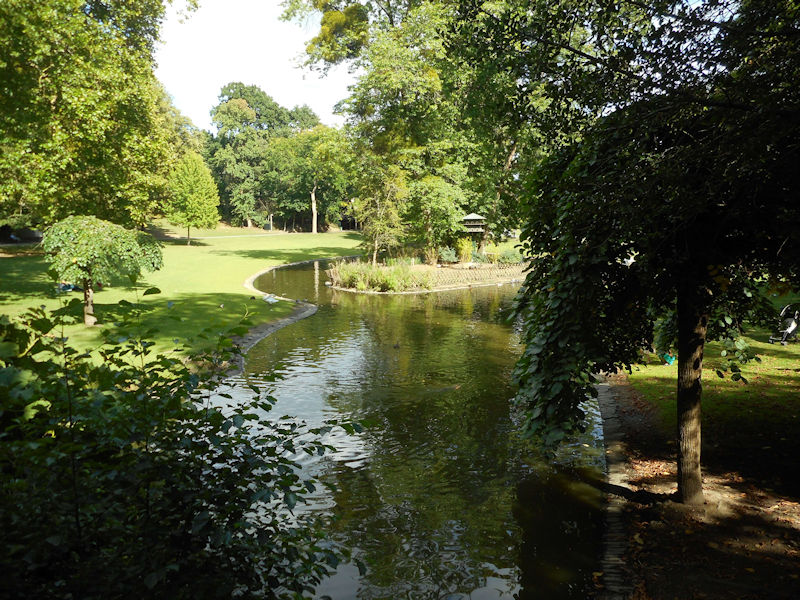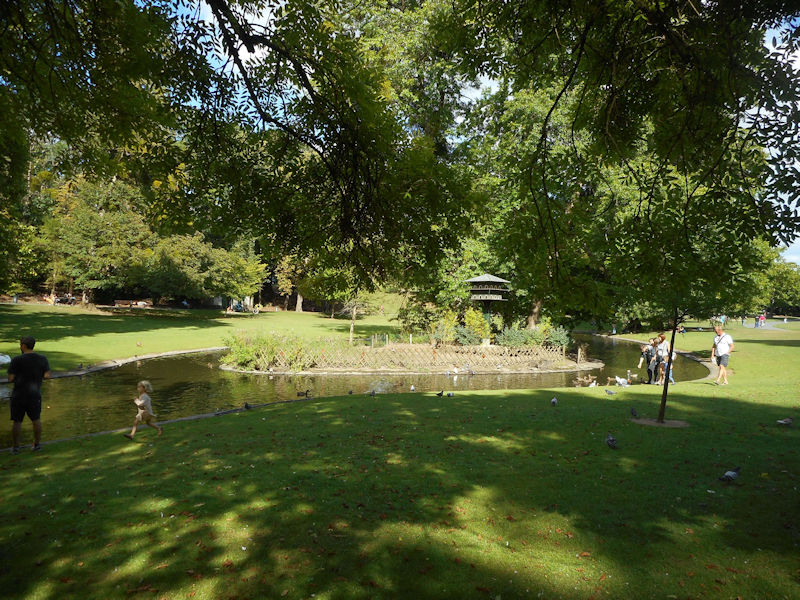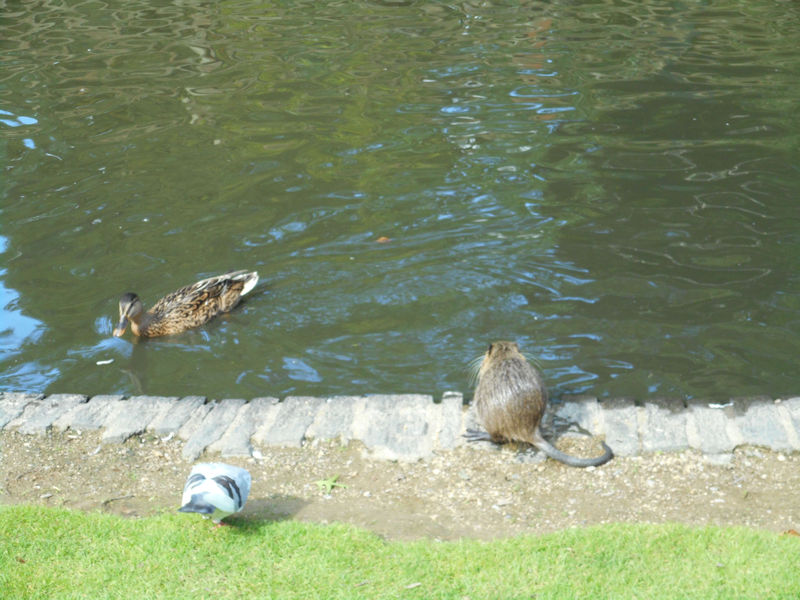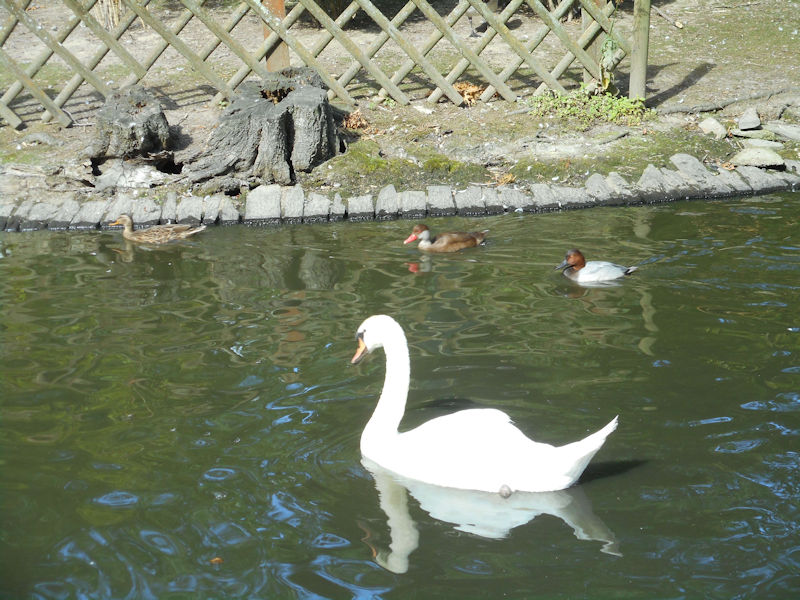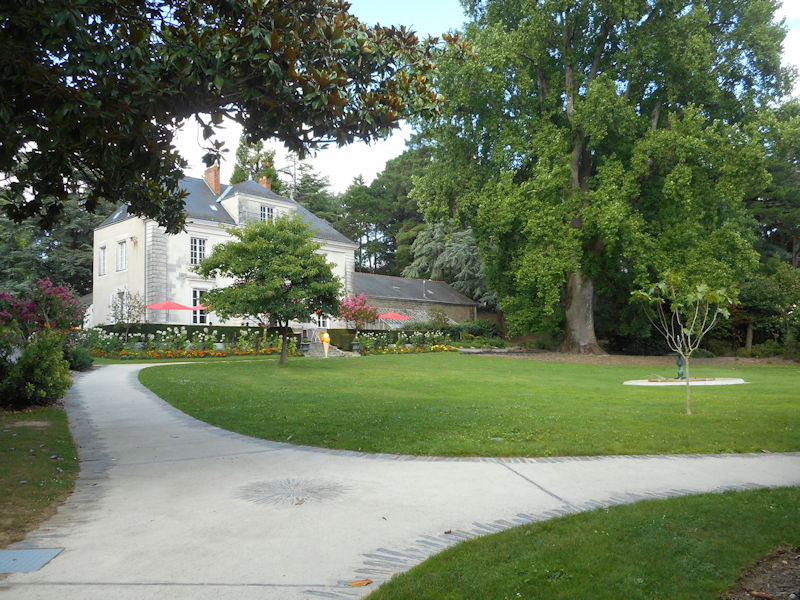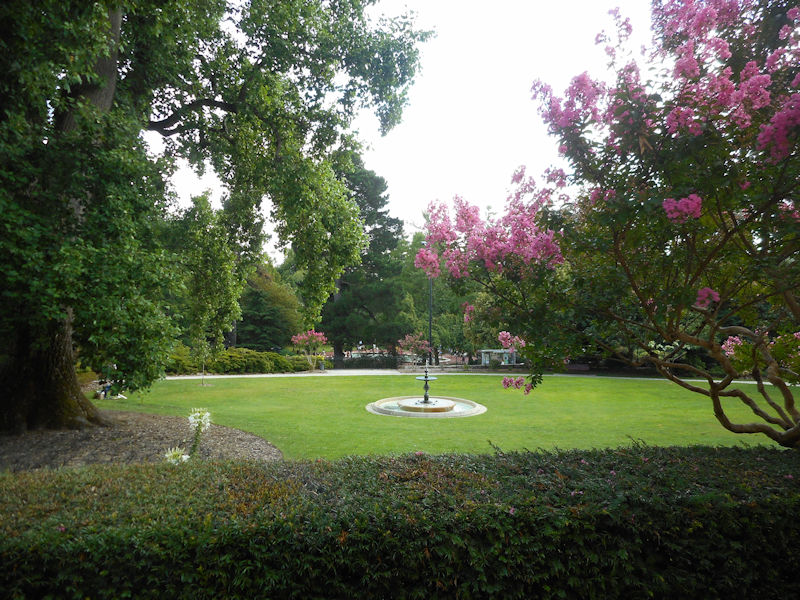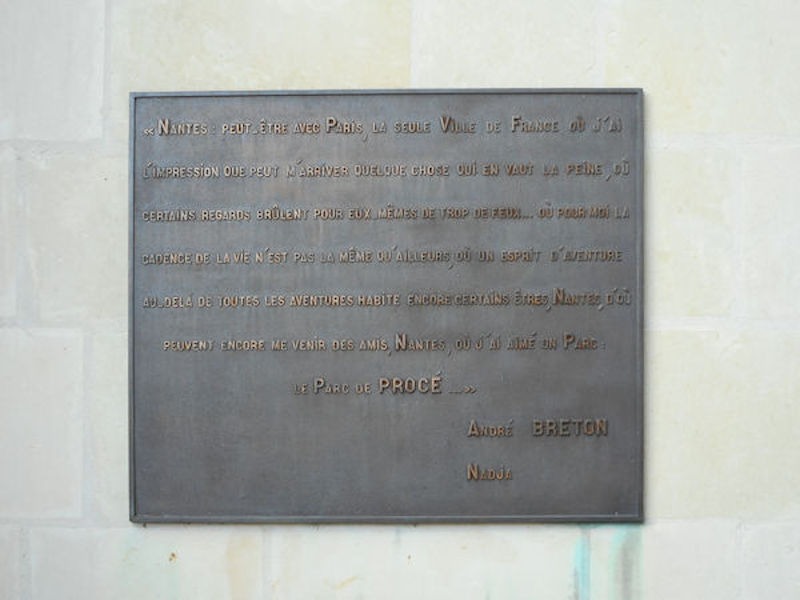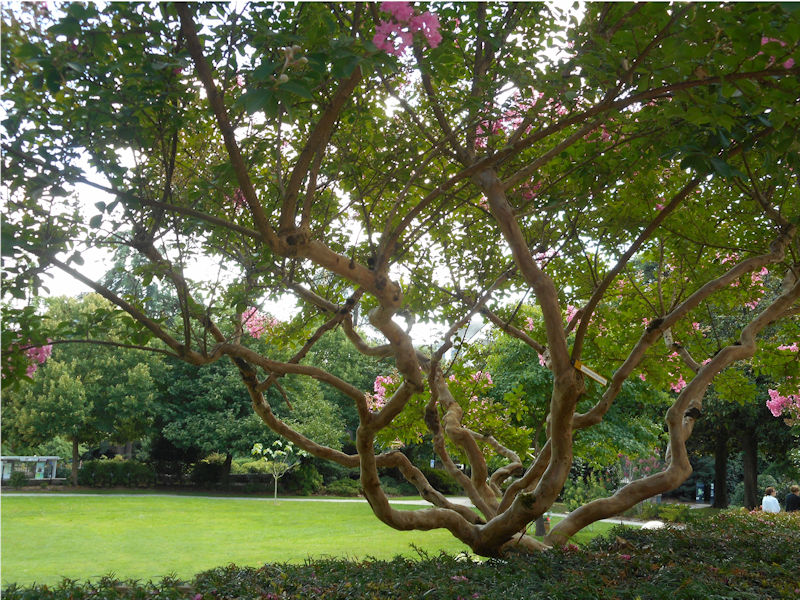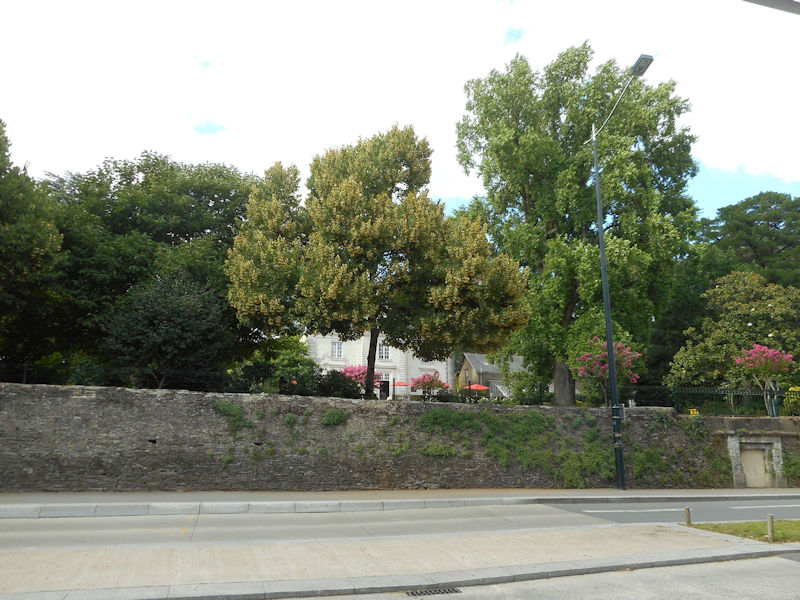« Nantes : peut-être avec Paris la seule ville de France où j’ai l’impression que peut m’arriver quelque chose qui en vaut la peine … où un esprit d’aventure au-delà de toutes les aventures habite encore certains êtres, Nantes, d’où peuvent encore me venir des amis, Nantes où j’ai aimé un parc : le parc de Procé. » André Breton, 1928
“Nantes: perhaps with Paris the only city in France where I have the impression that something worthwhile can happen to me … where for me the pace of life is not the same as elsewhere, where a spirit of adventure beyond all adventures still lives in some people, Nantes, where friends can still come to me, Nantes where I liked a park: Procé Park. ” André Breton, 1928
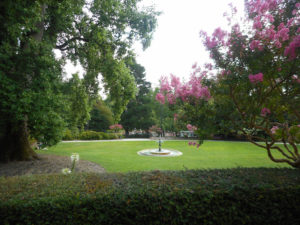
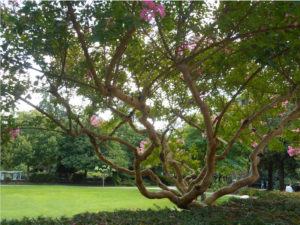
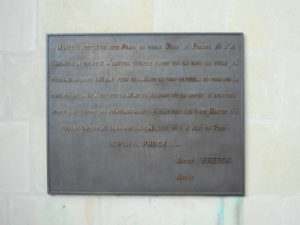
Parc de Procé has been appreciated by many people including Andre Breton, quoted on a plaque outside on the terrace café wall. Like most gardens in France they are entered by tall wrought iron gates and a café is housed in the old manor. Time doesn’t matter as we eat gelato and chat on the terrace looking down on the front park and fountain through the gnarled branches of the very old and well pruned crepe murtle trees. Pruning is an art form in France where ever it occurs and I imagine taken for granted a little by the French, but to me the shapes are a key to recalling and respecting formalities of times past. A large Dahlia collection is secreted far away in the top corner of the gardens and comes as a surprise like many things. The species are all labelled and can be easily perused from markers along the stone mosaic paths. A traditional rotunda, mint green sits playfully among the flowers.
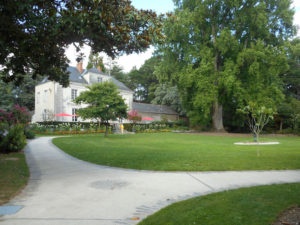
Most of Procé’s (Wikipedia) park occupies the northern slopes of the Chézine valley, a tributary of the Loire . The river enters the park in the south-west under the Jules-César bridge and travels 200 metres south-east, feeding two small ponds before passing under the street of Dervallières; The space is mainly covered with lawns accessible to visitors, making it a popular place to walk.
The park’s manor house was built in the late 18th century. It was rebuilt around 1830 by Marion de Procé, owner and mayor of Saint-Père-en-Retz. His heirs later sold it to Gustave Caillé, a shipowner and wood merchant. The latter completely reorganized the park in 1866 according to the plans of the landscape architect Dominique Noisette (nephew of Louis Claude Noisette) and gives it its current appearance. His children, the poet, scholar and lawyer from Nantes Dominique Caillé, priest Charles Caillé and Arthur Écomard and wife of the mayor of Carquefou, sell the park to the city of Nantes in 1912 then led by Paul Bellamy, close friend of Arthur Écomard, at a symbolic price of 320,000 francs in order that it could be preserved. For the city of Nantes, this completed to the west of the city a set of large public green spaces.
During the First World War, part of the estate’s land was used by the town hall to remedy the food shortage. Plots were planted with potatoes and this operation, also carried out in the park of Grand-Blottereau , was successful due to the employment of German prisoners of war with the harvest reaching 137 tons. Moreover, facilities made available to sports companies were set up in the upper part of the park and the stage of Procé was inaugurated on May 4, 1919. They are supplemented by tribunes, inaugurated in 1936 and a track for athletics was created after the Second World War.
In 1929, the municipality planned to transform the part of the Chézine valley downstream of the park into a vast promenade leading to the Canclaux square. Most of the expropriations were implemented but the project was abandoned as a result of the change of the municipal team. However, from 1941, towards the south-east towards the place Paul-Doumer, a part of the acquired grounds made it possible to build a school stage and a garden for children (current kindergarten of the park of Procé ). The latter later receives the basin which was previously in the center of the Place Duchesse-Anne and hosted the statuary ” Bathers “, moved in the late 1920s during the work of diverting the Erdre.
In 1941, the municipality led by Auguste Pageot acquired four statues from the Palais du Trocadero in Paris, demolished in 1935 to make way for the Palais de Chaillot . They are installed in the upper part of the park. At the same time, the three sculptures are received and erected near the bridge Jules-Cesar, vestiges of the old municipal fishmonger. The building originally had four statues but the last one, representing the Erdre or Boulogne, disappeared during its demolition.
In 1995, Procé Park received its kiosk from the old Piou salons, after restoration. It’s a kiosk whose life was hectic. Built in the park of Château du Vivier in Saint-Joseph de Porterie, it joined in 1936 the district of Batignoles after the destruction of the castle. For 50 years it was the emblem of the Piou fairs (now Boulevard Jules-Verne), a community meeting place.
CLICK Refresh FOR SLIDES
